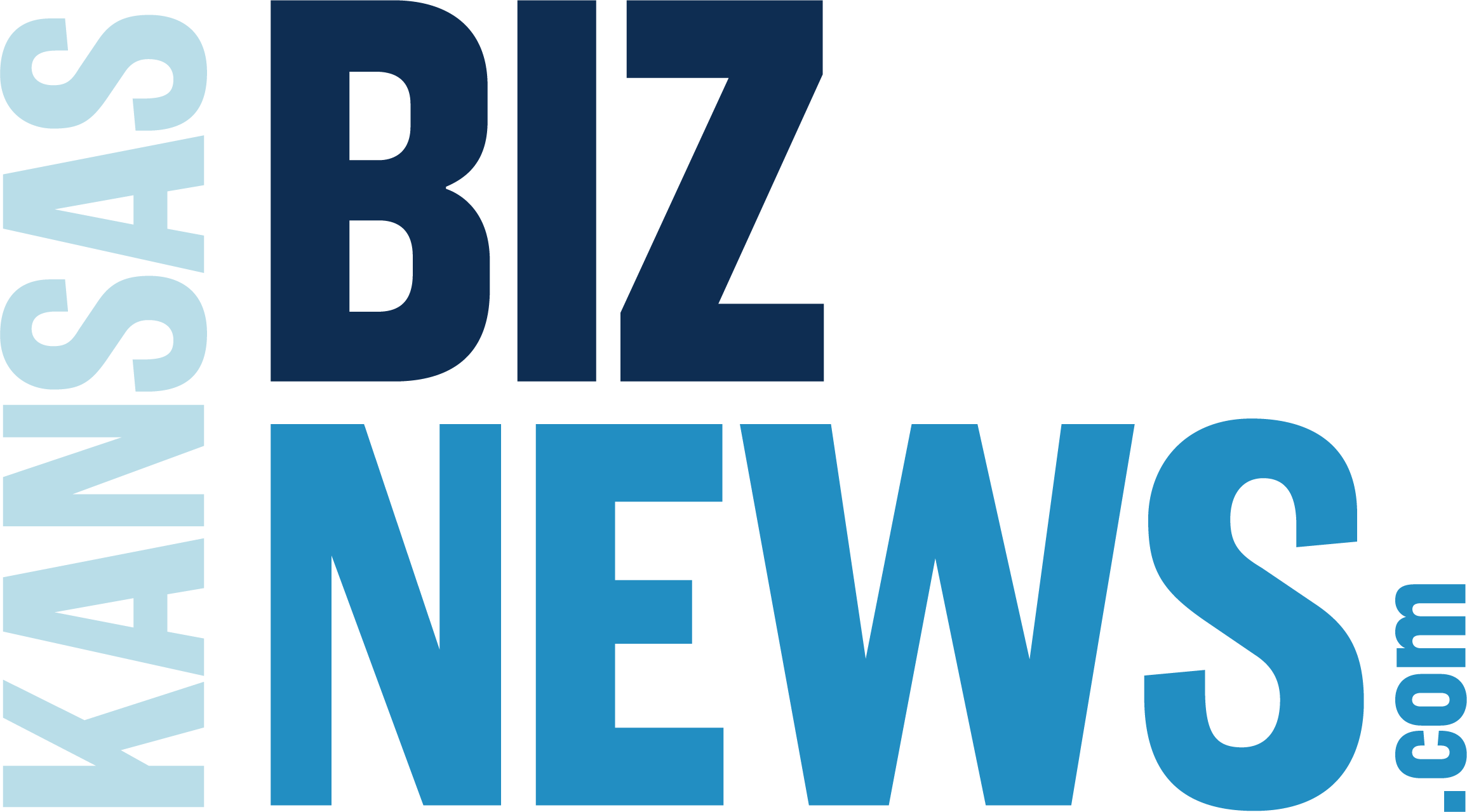Kansas families and its workforce face shortages of secure and reasonably priced child care services throughout the state. According to Child Care Aware of Kansas, the state needs to fill more than 80,000 child care slots to meet existing demand.
Many Kansas business advocacy organizations and lawmakers have expressed concerns that the child care crisis has contributed to the lack of qualified workers in the state.
The Kansas Legislature recently passed House Bill 2344 and sent it on to Governor Laura Kelly. If signed by the governor, the bill would implement child care regulatory reforms, offering relief to working families throughout the state.
The Kansas Chamber supports HB 2344, saying the bill will strengthen and empower the Kansas workforce if signed.
“The Kansas Chamber supports this important bill on behalf of the state’s business community,” said Kansas Chamber Vice President of Government Affairs Eric Stafford. “Overly strict staffing ratios and regulatory burdens impact the availability and affordability of services vital to working Kansans and their families. We’re starting to see a catch-22 situation in Kansas where providers cannot afford to reduce their prices, but if they increase them families will be unable to afford child care. It’s up to the governor now to offer regulatory relief to by signing this bill.”
Opponents of HB 2344 have expressed concerns that the bill would put Kansas behind national standards, jeopardizing compliance with national funding.
“[HB 2344] could create a scenario where the state has even fewer child care options than we have right now,” writes Wichita State University Assistant Professor of Political Science Alexandra Middlewood in a recent op-ed. “The bill would also increase the workload by allowing an additional child per adult without solving the problem that has led to the worker shortage in the first place — exceptionally low wages.”
Kansas appears to have an unusually restrictive infant-to-staff ratio for child care centers, according to the Administration for Children and Families National Database of Childcare Licensing Regulations. Among three states that have a 3-to-1 infant-to-staff ratio in child care centers, Kansas stands apart from other states with a 4-to-1, 5-to-1, or even 6-to-1 ratio.
According to Kansas State Senator Chase Blasi, Kansas’ stringent rules for child care professionals causes many providers to exit the market, resulting in the loss of thousands of child care spots.
“This bill reasonably relaxes staffing ratio and indoor/outdoor space requirements to allow current child care providers to serve additional children, creating the opportunity for providers to earn more revenue per staff member and pay their workers more,” Blasi said in a recent op-ed. “These changes are permissive, so if a provider likes their current ratios, they can keep them.”
HB 2344 would adjust education requirements for program directors, widening the pool of candidates. It would also reduce child care licensing fees to $0, encouraging providers to join or remain in the business.
Dugan Consulting Group Director of Government Relations Andrew Wiens says the intention of HB 2344 isn’t to miraculously solve Kansas’ child care crisis overnight. “However, the legislation is solutions-oriented—it attempts to tackle real-life barriers for child care providers that are slowly but surely constricting this industry and forcing parents to either stay out of the workforce or find less formal child care arrangements whenever and wherever they can get it.”



